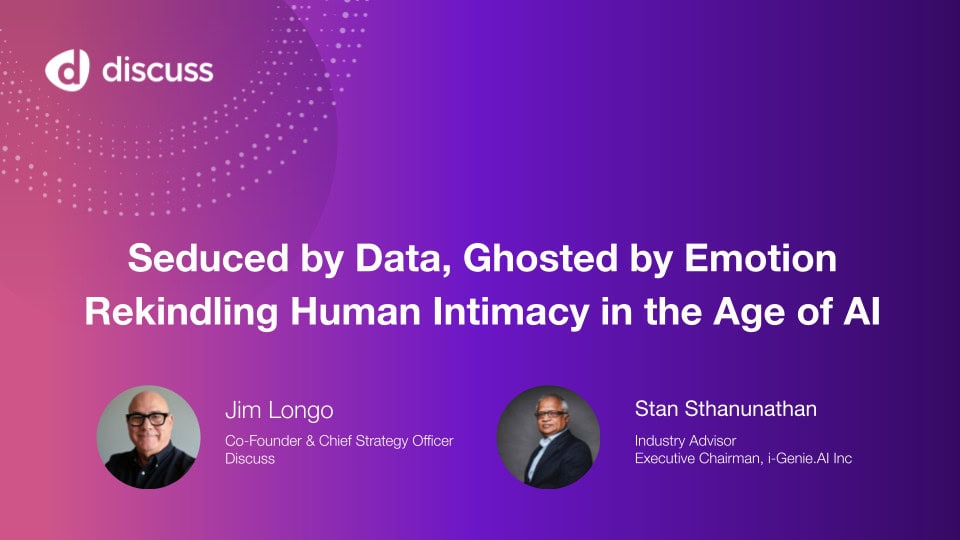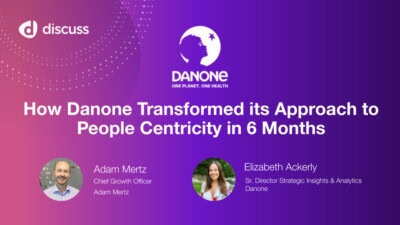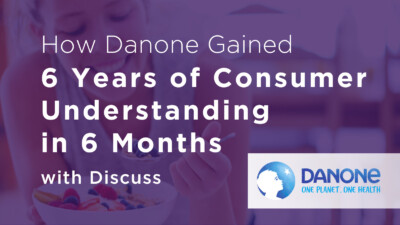The New Normal
How Societal & Technological Changes Shifted The Demographics That Are Available For Research
The Challenges
What two major demographics are typically the most challenging to access in market research? Children and older people. Discuss’s client, a multinational entertainment company, wanted to test a TV ad for a cartoon franchise with young boys and girls.
The Solution
While children and older generations have traditionally been the most challenging to recruit, changes in wide-spread technologies means that this is no longer true. With the popularization of live video conversations on applications like FaceTime, Skype, and Zoom, the population at large is becoming very comfortable with this mode of online communication. Asking these populations to join a video-based conversation is no longer a big deal. In fact, the traditional alternative to a conversation conducted on Discuss’s platform – attending sessions in person – has now morphed into the more unnatural behavior. As we are continually conditioned to be comfortable with live video technology, this expectation feels increasingly instinctual. The client approached Discuss.io, asking to conduct sessions with kids who would watch a short video on the online platform and then have a conversation in which they gave their feedback.
The Results
Despite being strangers to each other, the moderator, and the platform, the participants (predominantly six year olds) were comfortable and open. For them, participating in the research was no different than FaceTiming with Grandma and Grandpa (also becoming increasingly familiar with live video). Not only were they comfortable with the technology, but they were able to engage from within a familiar, comfortable context: their own homes, with their parents safely nearby. Had these kids been asked to come into a facility, they might not have been as comfortable to speak up and act naturally. Brands that want to understand kids have increasingly elected to engage with them through qualitative conversations. Kids don’t have the attention span (or the reading ability) to accurately respond to a quantitative survey and accessing their preferences by talking to their parents is not an accurate representation of a child’s real perspective or behavior.
Sign Up for our Newsletter
Related Customer Stories

Seduced by Data, Ghosted by Emotion: Rekindling Human Intimacy in the Age of AI
From the Quirk’s New York Event | July 2025 As AI-driven solutions rapidly evolve within the qualitative research landscape, the…
From the Quirk’s New York Event | July 2025 As AI-driven solutions rapidly evolve within the qualitative research landscape, the…

A Look into Discuss Now AI Interview Solution
Meet Discuss Now. Always on, always listening, always delivering market insights at the speed and scale of a survey. An…
Meet Discuss Now. Always on, always listening, always delivering market insights at the speed and scale of a survey. An…




